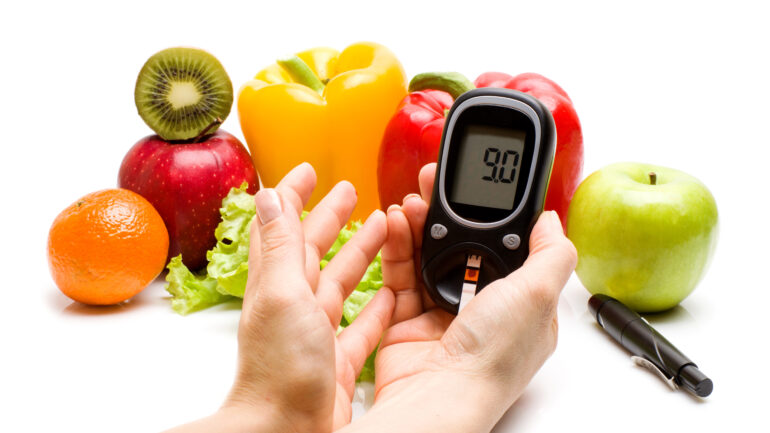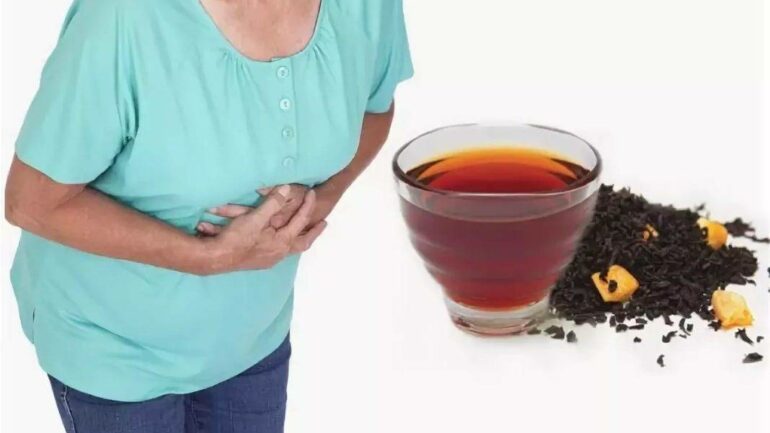Understanding Jam and Jelly
What is Jam?
Jam is a thick spread made from crushed or chopped fruits cooked with sugar. It contains fruit pieces and retains the soft pulp of the fruit. Jams are usually less stiff than jellies and can be spread easily. They are cooked until they reach the point where the fruit is soft and the mixture has thickened to the desired consistency.
What is Jelly?
Jelly is made from fruit juice, sugar, and often pectin, which helps it gel and maintain a firm shape. Jellies are clear and firm enough to hold their shape when removed from their container. They have a smooth texture without any chunks or pieces of fruit.
The Making Process
How to Make Jam
Selecting the Fruit
Choose ripe, flavorful fruits. You can use almost any type of fruit for making jam.
Preparation
Wash the fruit, remove stems, pits, or seeds, and chop it into pieces.
Cooking
Place the fruit in a heavy-bottomed pan and add sugar. Heat it over low to medium heat, stirring frequently to prevent burning. You may also add pectin to help the jam set, especially if the fruit is low in natural pectin.
Thickening
Cook until the fruit breaks down and the mixture thickens. A common test for doneness is the “freezer test,” where a small amount of jam placed on a cold plate will gel and hold its shape when cooled.
Bottling
Pour the hot jam into sterilized jars, leaving some headspace. Seal the jars while still hot to ensure they are airtight.
How to Make Jelly
Extracting Juice
Start by cooking the fruit with a little water until the fruit is soft and the juice can be easily extracted. Strain the mixture through a jelly bag or cheesecloth to get clear fruit juice.
Cooking
Mix the fruit juice with sugar and pectin. Bring to a boil and cook until the mixture reaches the gel point.
Testing for Doneness
Use a thermometer or perform the “sheet test,” where the jelly drips off the spoon in a sheet rather than individual drops.
Bottling
Pour the hot jelly into sterilized jars, leaving some headspace. Seal the jars immediately.
Culinary Uses
Jam
Spread on Toast
Jam is a classic topping for bread, toast, and muffins.
In Desserts
It can be used as a filling for cakes, donuts, and pastries.
With Yogurt or Ice Cream
A dollop of jam can enhance plain yogurt or ice cream.
As a Sauce or Glaze
Jam works well as a glaze for meats or as a sauce base for savory dishes.
Jelly
As a Spread
Jelly is ideal for a smooth spread on sandwiches or rolls.
In Desserts
It’s used in layered desserts or as a topping for cheesecakes.
With Cheese
Jelly pairs excellently with cheese boards, especially with sharp cheeses.
As a Glaze
It is commonly used as a glaze for meats or to add a sweet touch to roasting vegetables.
Nutritional Content
Both jam and jelly are high in sugar, which acts as a preservative. They are not significant sources of nutrients, although the fruit content in jam does provide some vitamins and fiber. Jelly, being made from fruit juice, contains less fiber but may have some vitamins, depending on the fruit used.
Preservation and Storage
Preserves should be stored in a cool, dark place before opening and refrigerated after opening. Properly sealed, they can last for up to a year unopened. Once opened, they should be consumed within a month to maintain quality and prevent mold growth.
FAQs
Can I use frozen fruit to make jam or jelly?
Yes, frozen fruit can be used for making jam or jelly. Thaw the fruit thoroughly before use, as it can affect the cooking time and the amount of pectin needed.
Is it necessary to add pectin to jam or jelly?
It’s not strictly necessary but helps in setting. Some fruits have enough natural pectin, while others, like strawberries, might need additional pectin for a firmer set.
How can I tell if my jam or jelly has gone bad?
Signs include mold, an off smell, or a change in color. If you see any of these signs, it is best to discard the product.
Can jam or jelly be made with sugar substitutes?
Yes, there are recipes for sugar-free jams and jellies using substitutes like stevia or sugar-free pectin products. Adjustments in cooking times and techniques might be needed.
What is the best way to ensure my jelly sets properly?
Ensure the correct balance of fruit, sugar, and pectin. Follow the testing methods during cooking to check the set.
Are there any savory applications for jelly?
Yes, jelly is great as a glaze for meats like pork or chicken, or as a condiment with cheeses and crackers.
Understanding the differences between jam and jelly, as well as their uses and benefits, can help you choose the right product for your needs, whether it’s for baking, cooking, or simply enjoying with breakfast. Both have their unique textures and flavors that can enhance various dishes.
- 10 Supplements to Help Lower Blood Sugar - April 19, 2024
- Jam vs. Jelly: What the Difference? - April 19, 2024
- Tea for an Upset Stomach: 9 Types to Try - April 18, 2024




